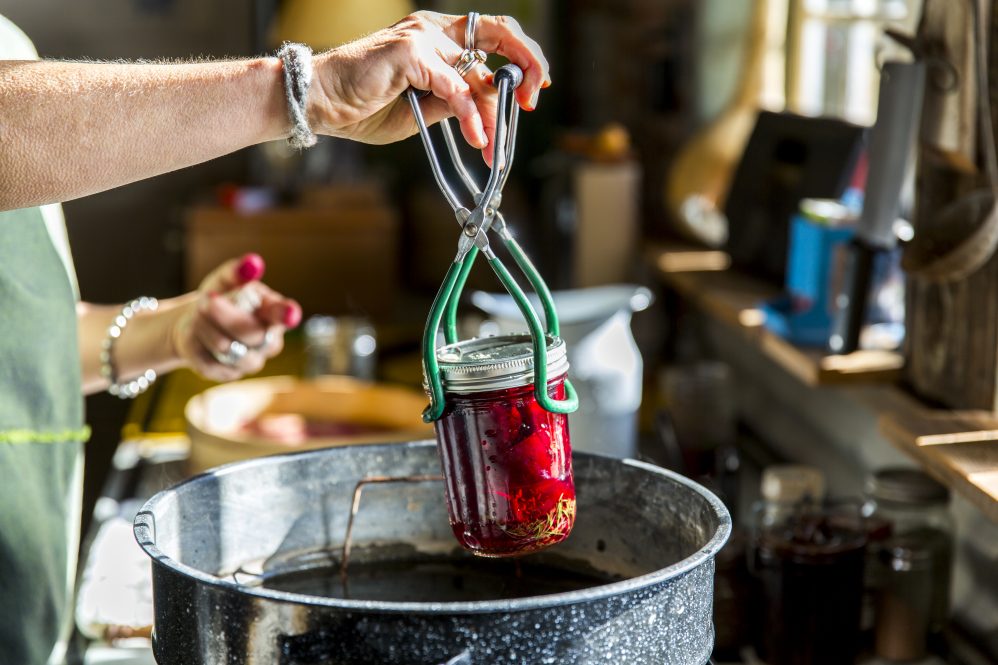Home food preservation is a rewarding practice that allows consumers to enjoy the flavors of seasonal produce throughout the year. Whether you're canning, pickling, fermenting, or dehydrating, it's crucial to prioritize food safety to prevent the risk of foodborne illnesses. Many households embark on this tradition of preserving their own foods to create a flavorful and memorable feast. Here are a few essential tips to ensure food safety when preserving foods at home.
Maintain Cleanliness and Hygiene
Before starting the preservation process, ensure that all utensils, surfaces, and hands are thoroughly cleaned. Bacteria can thrive in unclean environments, so maintaining a sterile workspace is critical. Prioritize cleanliness throughout the food preservation process. Wash your hands thoroughly before handling food, and ensure that all utensils, cutting boards, and equipment are clean and sanitized. Proper hygiene minimizes the risk of contamination.
Choose High-Quality Ingredients
The foundation of safe home food preservation lies in selecting fresh, high-quality ingredients. Inspect fruits, vegetables, and other perishables for signs of spoilage, discarding any items that show mold, bruising, or other indications of decay. Spoiled or damaged items may introduce microorganisms that compromise safety and shelf life. Research emphasizes the importance of starting with fresh, disease-free produce to ensure optimal preservation outcomes. Explore late-season farmers markets in your area to find high-quality local produce.
Follow Tested Recipes
The cornerstone of safe home canning is the utilization of scientifically validated recipes. Use tested and approved recipes from reliable sources, such as the National Center for Home Food Preservation (NCHFP), university extension services, or reputable cookbooks. Organizations like the NCHFP provide meticulously tested recipes that consider factors such as pH levels, water activity, and processing times. This approach ensures the destruction of harmful microorganisms, including bacteria, yeast, and molds, contributing to both safety and longevity.
Use Safe Canning Methods
Research underscores the importance of employing appropriate canning methods to guarantee microbial safety. For high-acid foods, water bath canning is recommended, while low-acid foods necessitate the use of pressure canning. For those preserving fruits, vegetables, or even homemade sauces, following recommended processing times and pressures along with appropriate canning method is vital in preventing the survival of heat-resistant pathogens, such as Clostridium botulinum, which can lead to severe foodborne illnesses.
Acidification and pH Levels
Managing pH levels is a critical aspect of home food preservation. Acidification, achieved through the addition of citric acid or vinegar, is a well-established method for enhancing the safety of preserved foods. Research indicates that maintaining a low pH creates an inhospitable environment for pathogenic microorganisms, acting as an additional barrier to spoilage.
Safe Storage and Labeling
Once preserved, store items in a cool, dark place to maintain quality and safety. Check jars regularly for signs of spoilage, such as bulging lids or unusual odors. Clearly label all preserved items with the date of preservation. This helps keep track of freshness and ensures that items are consumed within a safe timeframe.
Thawing Practices
If you're freezing items for later use, practice safe thawing methods. Thaw in the refrigerator which is the safest method for thawing preserved foods. When microwaving to thaw, make sure to follow the manufacturer's instructions to avoid uneven thawing. Cook the food immediately after thawing in the microwave to prevent any bacterial resurgence. If time is limited and refrigerator or microwave thawing is not feasible, the cold-water method can be employed. Submerge the tightly sealed, airtight package in cold water, changing the water every 30 minutes to maintain a safe temperature. It's essential to cook the food promptly after thawing using this method.
Monitor and Discard Spoiled Foods
Regularly inspect preserved foods for signs of spoilage, such as off smells, unusual textures, or discoloration. If any abnormalities are detected, discard the entire batch to prevent the risk of consuming contaminated products.
Home food preservation is a time-honored tradition that brings the flavors of the seasons to kitchen shelves. By starting with quality ingredients, following tested recipes from trusted sources, maintaining stringent cleanliness standards, employing safe canning methods, and routinely inspecting preserved foods, individuals can ensure a harmonious balance between taste and health. Stay informed, refer to reputable sources, and savor the satisfaction of safely preserved, delicious homegrown products. Follow best food safety practices to ensure that your feast not only delights the taste buds but also prioritizes the health and well-being of your loved ones.

